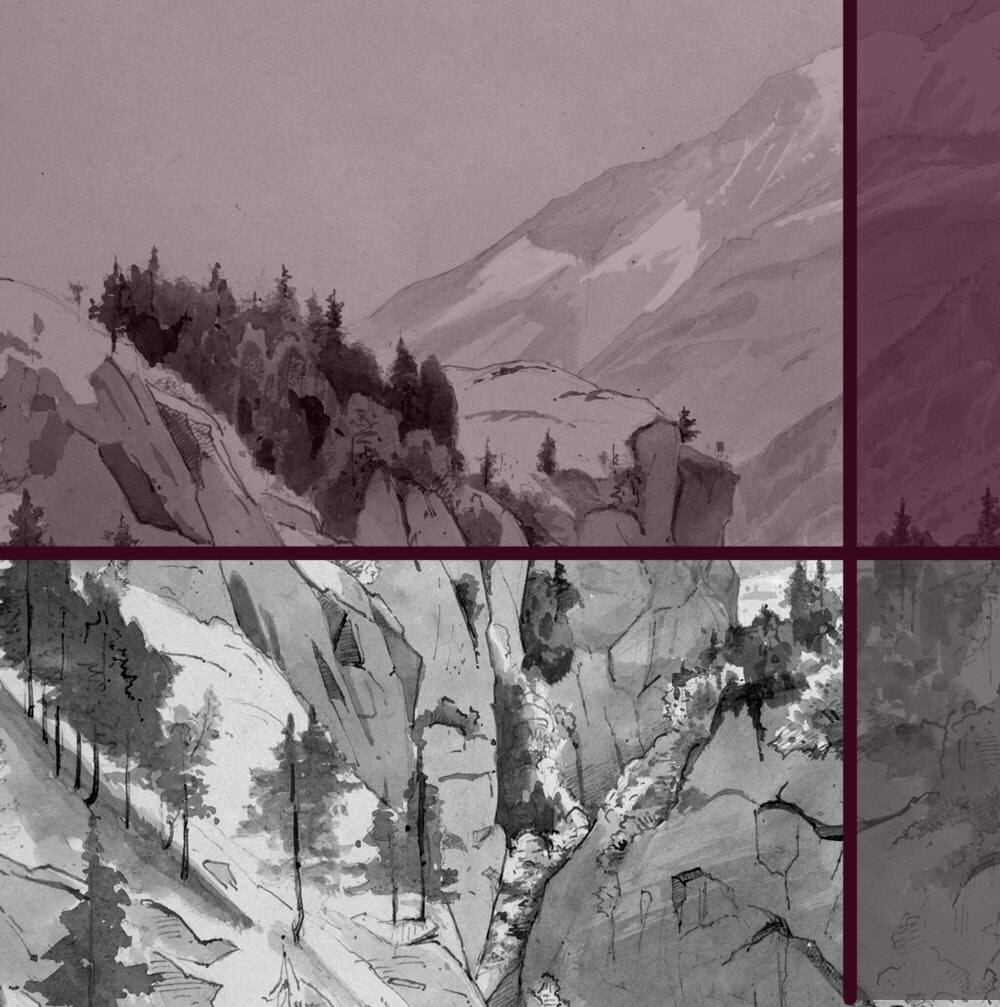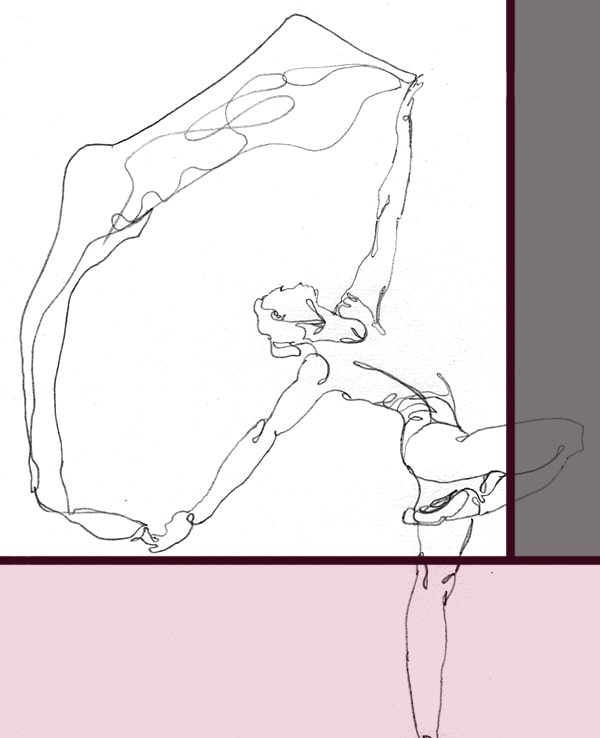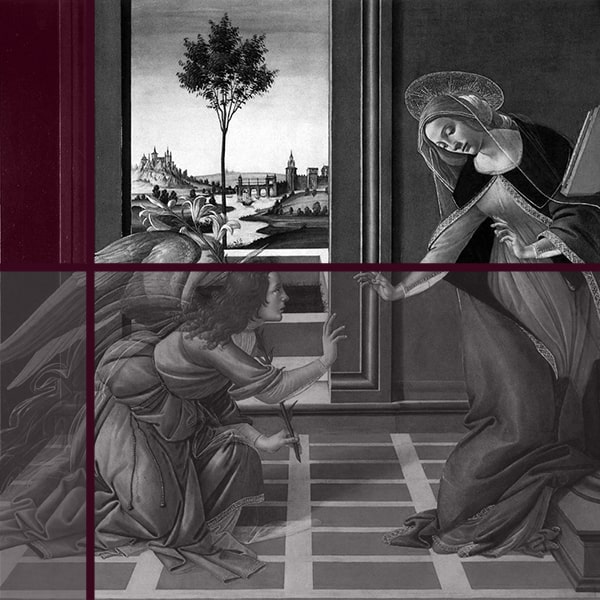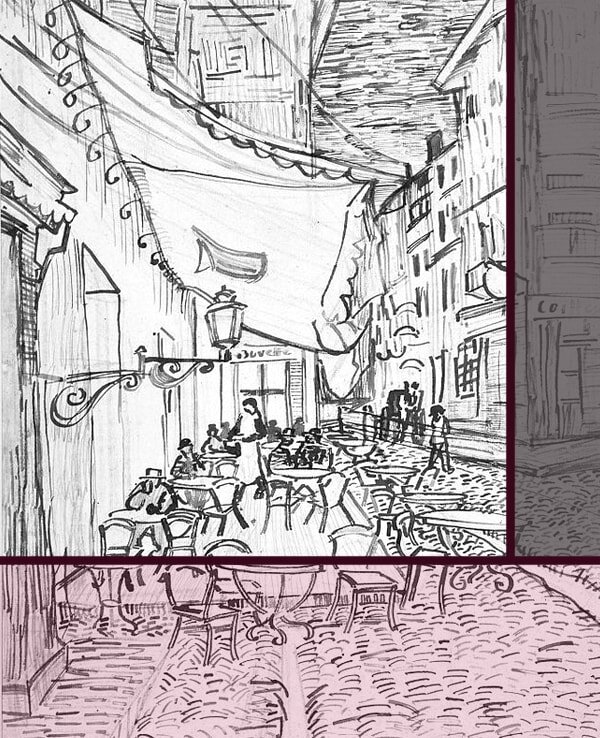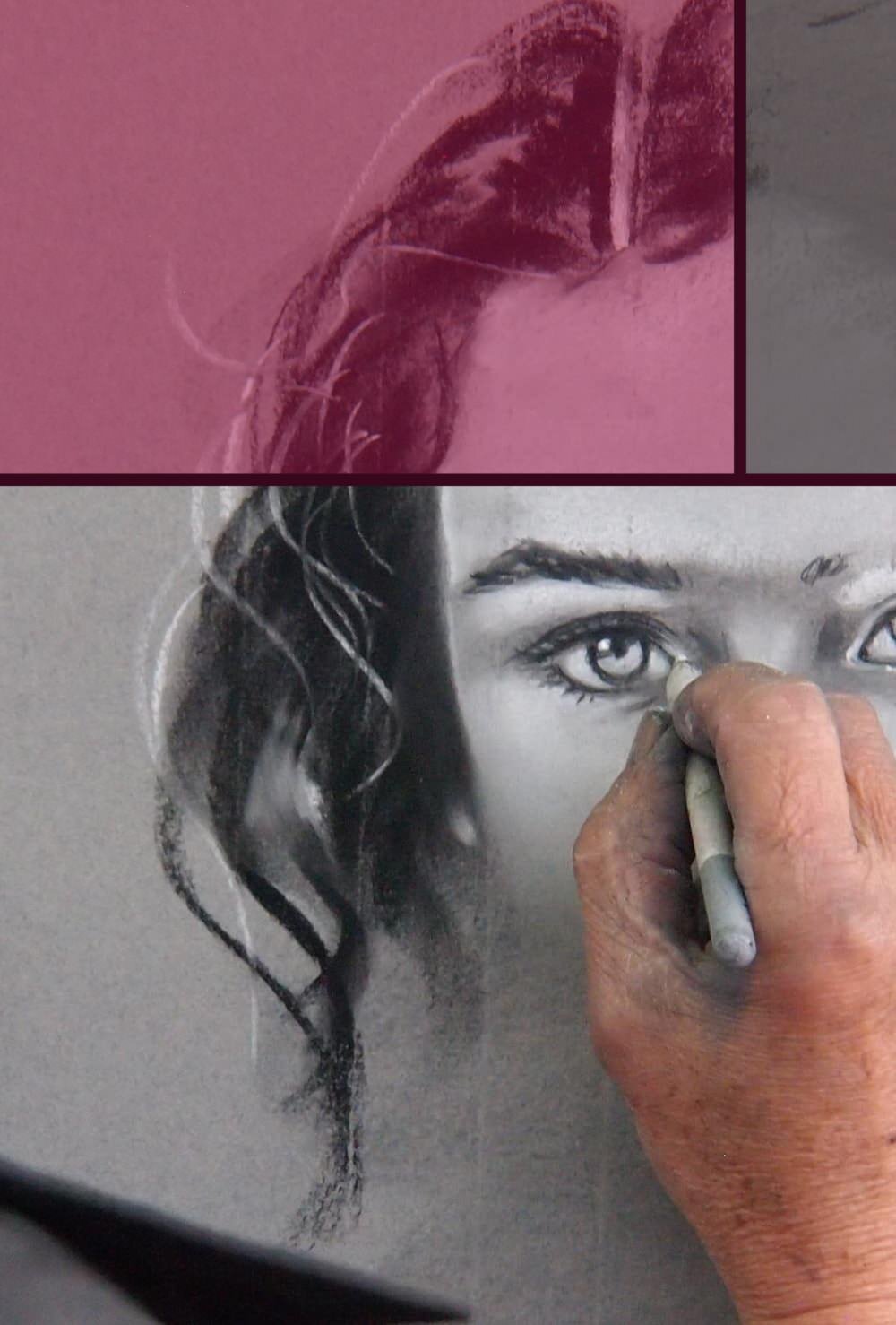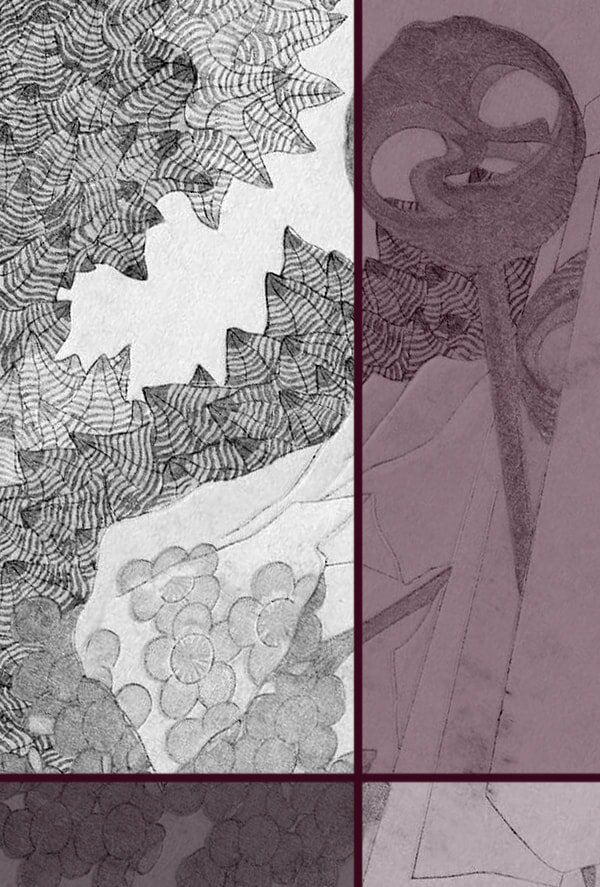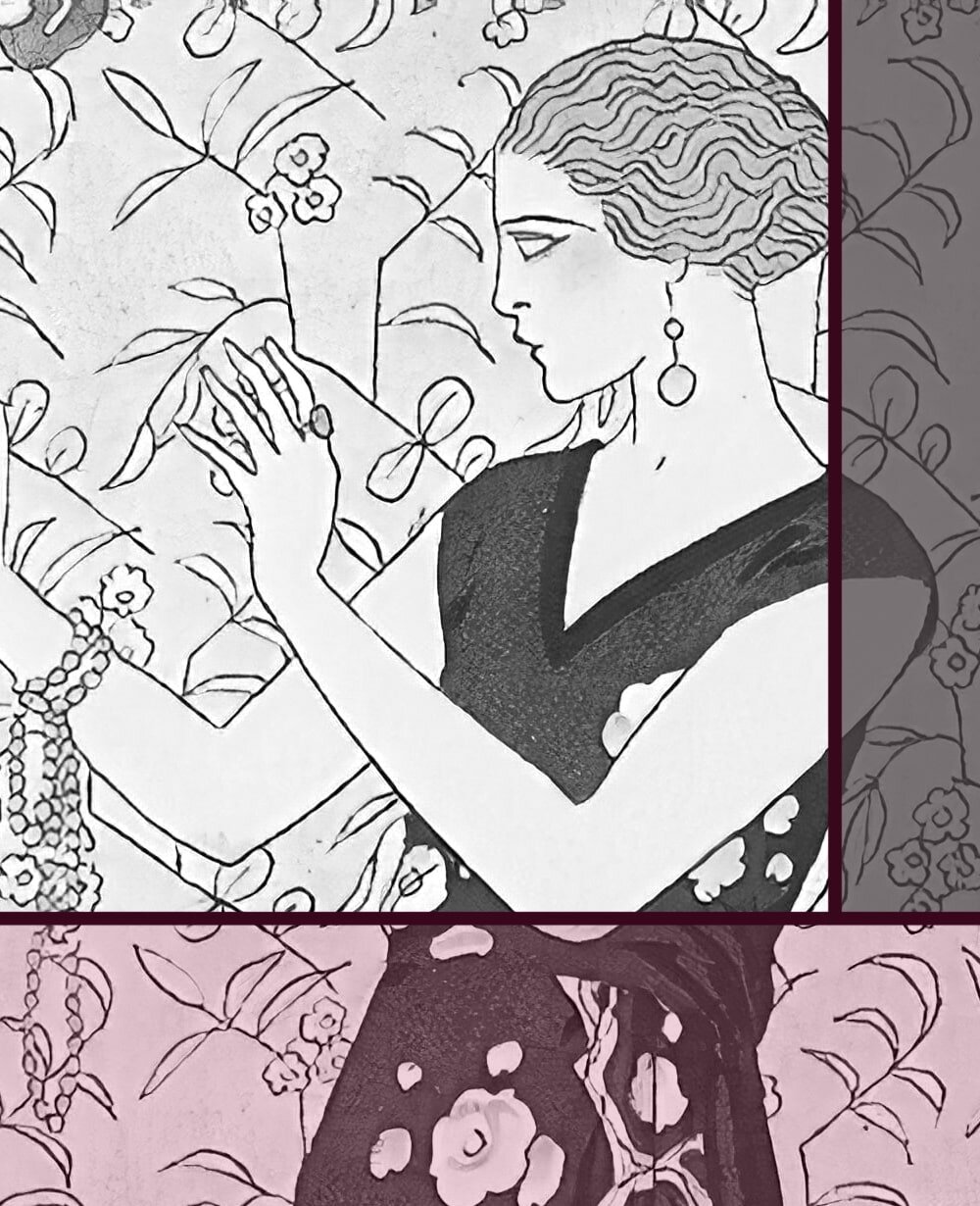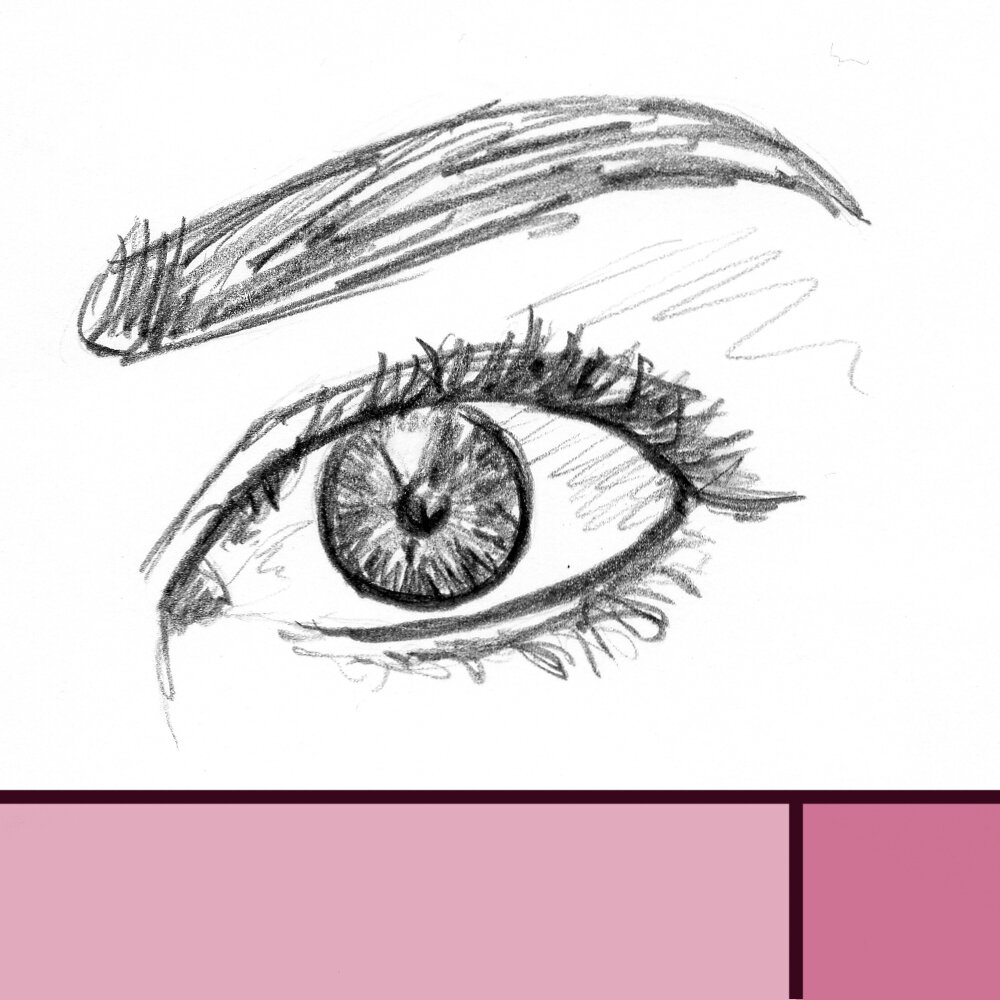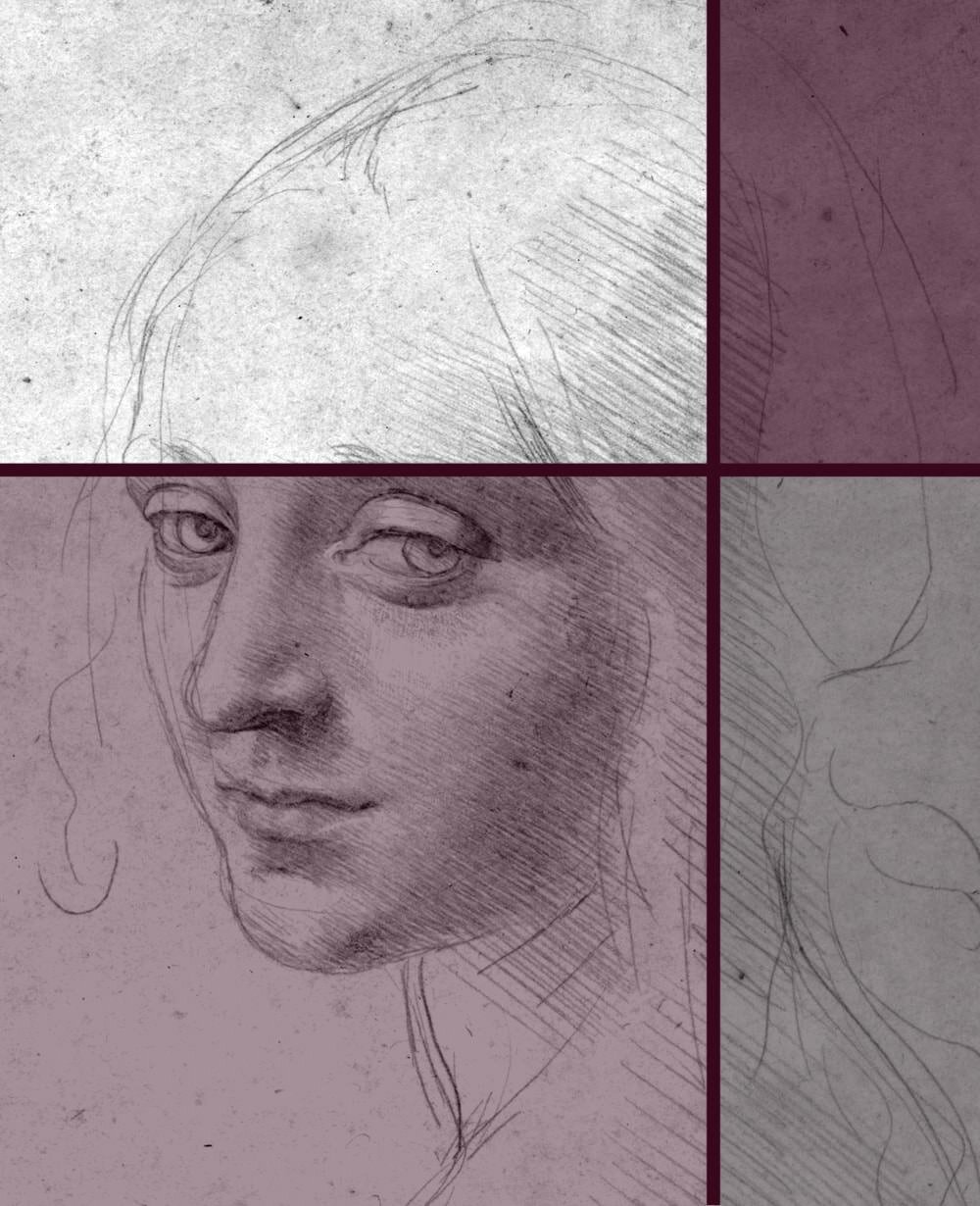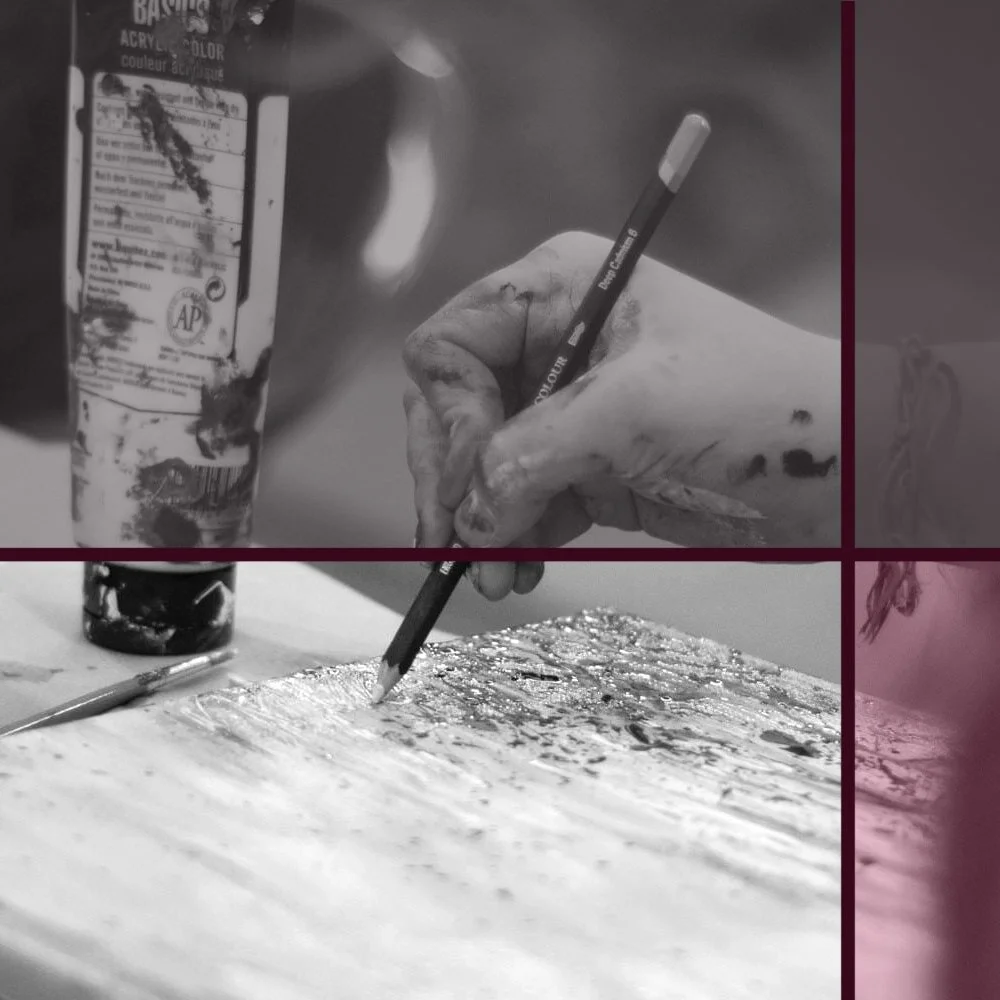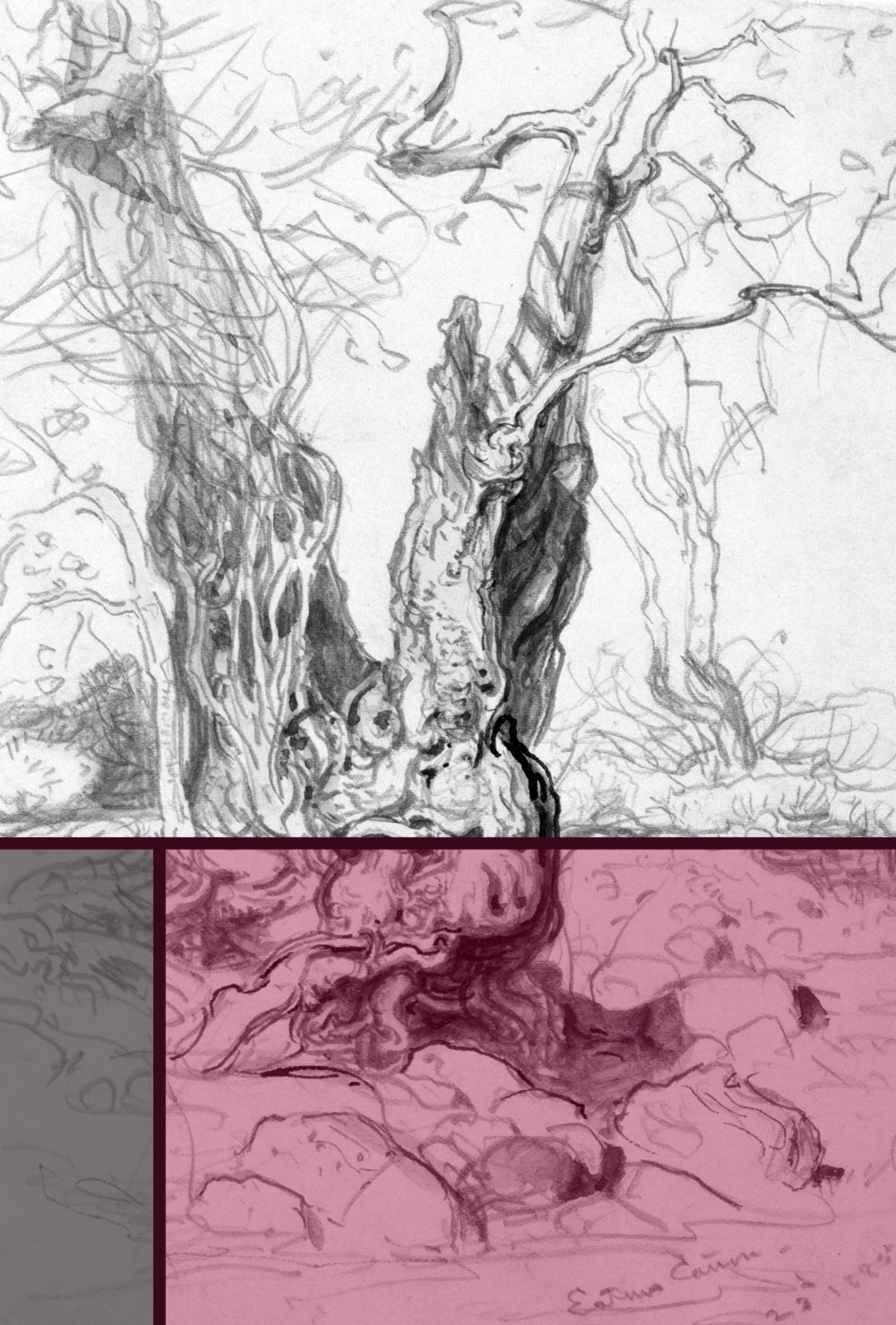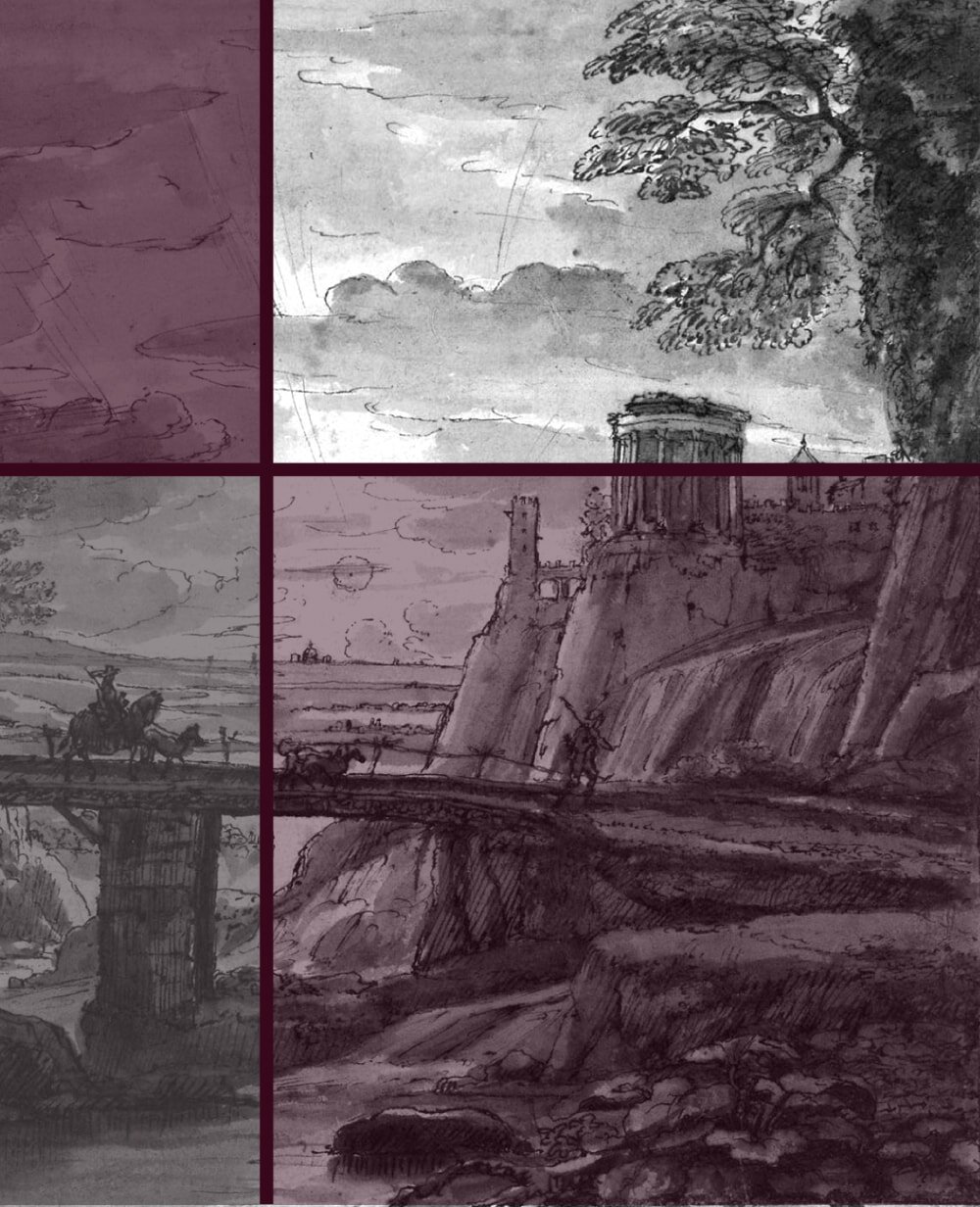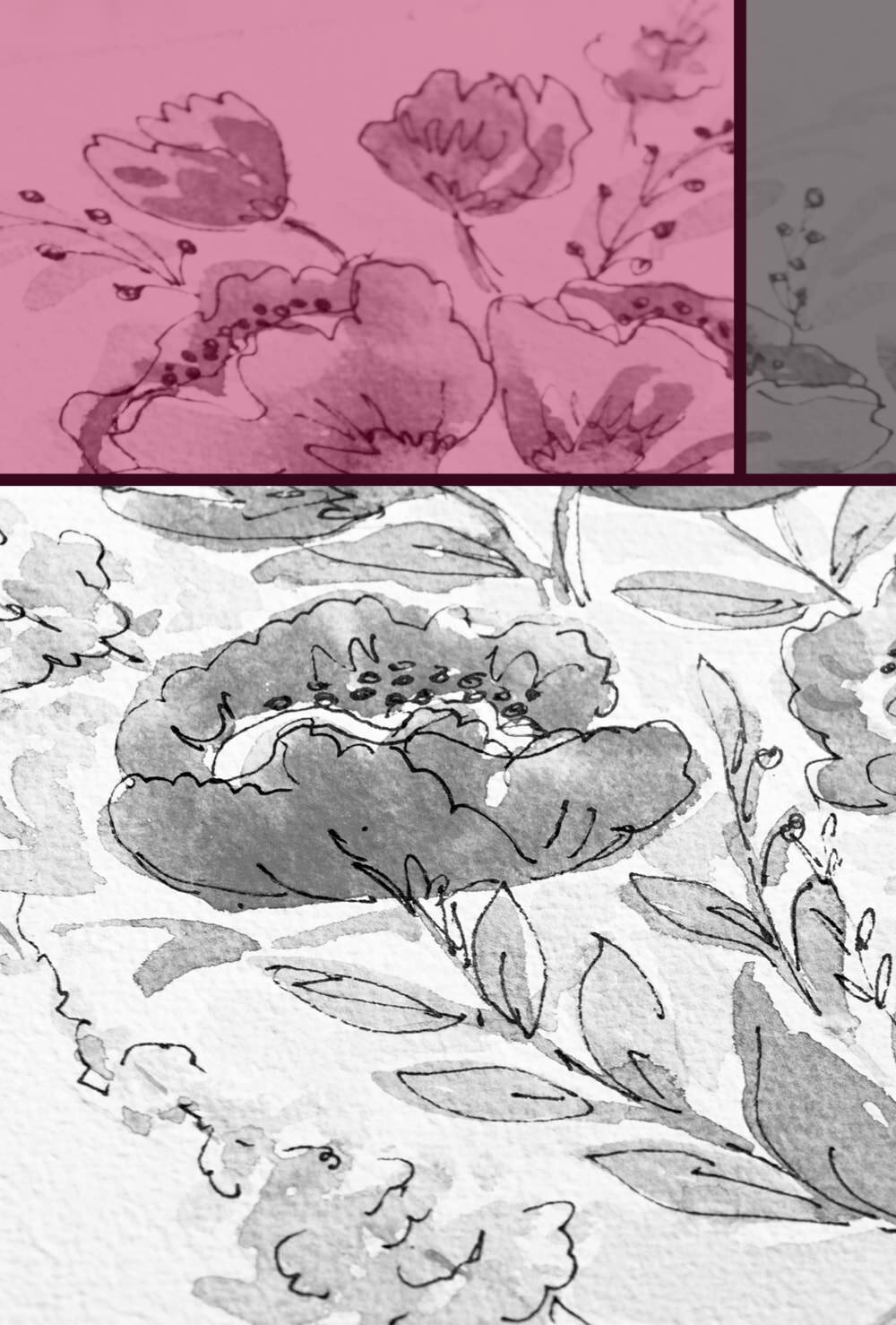What does it mean to be ‘good’ at Drawing?
Most people who think about learning to draw or already have it as a hobby surely wish to become really good at it.
Excelling at any activity will often make you enjoy it more, and it does wonders for your self-esteem. You will be able to draw whatever you like without much difficulty and people might envy your skill and talent.
But what does it mean, really, to draw "well"?
Changing perspective
To understand the difficulty in defining an ambiguous adjective like "good" it can be helpful to change your angle.
Rather than looking at the producer (the artist) or the activity (drawing) take a moment and consider only the product (the final sketch).
The reason for that is that even the best artist can create the occasional "bad" sketch. No one produces only masterpieces to the highest standard.
Not even Rembrandt would have produced exclusively masterpieces. Though of course The Prodigal Son (1642) is absolutely fabulous.
Especially if you're not warmed up or haven't been practising for a while, you'll notice that the quality of your work will suffer and your lines might not be as fluent as usual.
Have a look at my 10 simple Warm-Up Exercises to make the best of your drawing time or pop by my 15-minutes-a-day Drawing Exercise Routine to always stay in shape.
A sketch itself, the product, can surely be evaluated. It is final and does not change, after all.
What would you say makes for a good drawing? Or the other way around, what's a bad drawing? It's still incredibly hard to say, isn't it? But we're getting warmer.
A matter of taste?
Tastes in art appear to differ a lot by culture. They always have. That might be a matter of mentality, perhaps, even genetics. But mostly I think that we tend to like what we're used to.
A drawing style that might be highly valued in Asia could fall flat in Europe. And a painting that’s favoured in Russia might make virtually no impact in America.
But of course that's not all, because preferences for certain kinds of art differ not just by culture but also by individual. The kind of art I find excellent might not be something you care for at all, or the other way around.
In order to evaluate a piece of art merely on its quality we have to move away from “like”. And that’s a lot harder to do than we may think.
Even if we try to look at a sketch objectively, basically with a tick-box list of criteria, most of us are prone to still be influenced by our personal taste.
It takes a lot of practice to stay truly objective, if it is even possible at all.
A matter of time
The thing is, what is considered true skill today could have been seen as a failure a hundred years ago, or even fifty. It might again be viewed as such in the future.
The perfect example is Vincent van Gogh. Today he is considered one of the finest painters that ever lived, but in his time no one paid him or his works any attention. Imagine that.
The rock of Montmajour with pine trees (1888) by Vincent van Gogh
How is it that we now see so much more than the critics did 130 years ago? It's because the values were different and his style simply did not meet the standards of the time.
But we have come a far way since then. Today art is freer than it ever was. We have improved on the "primitive" skill set of our cave-dwelling ancestors but loosened the strict rules of the Renaissance.
Today art is freer than it ever was, with fewer rules and more diversity.
Abstract art is just as highly valued as modern impressionists, realistic painters or rough sketching artists.
We have made great progress in defining art by criteria other than the following of conventions, such as colour theory or symbolism. Or indeed, the breaking of them, as was the fashion around a hundred years ago, such as with Duchamp's Fountain.
But all this variety also makes defining a successful drawing or painting more difficult, because we took away the standard set of rules that used to make up “good art”.
Since those were the same rules deeming van Gogh’s Starry Night or Manet’s Olympia a failure I’ll still call this a happy development.
Ticking the box
Here we are then, at the point where we need to stop making excuses and find some working criteria to define what's "good drawing" and what isn't.
There are of course a few things that probably everyone will think of instantly, such as correct perspective or fluent, accurate linework.
But most of these criteria would not stand up to the scrutiny of generalisation. There are always some skilled and successful artists that do not tick this box.
Japanese artist Hiroyuki Doi’s ink drawings are too abstract to look for perfect perspective or accurate linework, but they are breathtakingly beautiful and definitely “good”.
For example, if you list perfect perspective as a criterium for drawing success then van Gogh is out, because he frequently sacrificed correct perspective for more impact. So did and do a lot of other artists.
My article 12 amazingly talented Drawing Artists to get Inspired by will show you several very popular and no doubt talented artists that either don't care about accurate perspective or don't use any at all, if they're drawing abstract.
Defining criteria
So what then can we use to define what's good art and what isn't, if it's such a subjective matter? Well, that is precisely the point. You cannot define good art overall; you can only define it for yourself.
Art is a matter for the heart and soul, not the head. And as such it cannot be entirely objective. After all, drawing isn’t a 100-metre sprint where generally the faster you can finish the better you are at it.
Cliffs and Sea at Sainte-Adresse (c. 1864) by Claude Monet
I like to take my lead from something seemingly unrelated. How would you evaluate speaking a language “well”?
Surely you would not go about ticking off specific grammar rules that are being followed. Correct English grammar is quite frequently thrown entirely out the window by native English speakers.
And who has the time to create a long, long list of vocabulary that you'd expect every fluent speaker to have memorised.
Instead most of us would classify a good Korean speaker by their ability to hold a fluent conversation with a native Korean without much difficulty.
If you think about it, this is also an excellent approach for the arts. It's not about a flawless outcome or a tick-box list. It's about how fluent, confident and comfortable you are doing it.
Art is a matter for the heart and soul, not the head. And as such it cannot be entirely objective.
If you are able to draw fluently, easily and produce only rare “failures” (everyone has bad days) then that seems to me like a good definition of “drawing well”.
If, on the other hand, you dislike most of the sketches you produce and you half expect to throw the outcome in the bin before you’ve even lifted the pencil then clearly, you’re not quite there yet.
I’m not going to lie to you, it takes a lot of stamina and practice to get to a point where you’re (relatively) confident about the outcome of any one sketch you start. But of course, once you’re there, it’ll all be worth it.
Conclusion
How we experience art depends on time, culture and individual. Everyone has their own preferences and standards.
But most of all, art is a matter for the heart, not the head, and that means you cannot not go about evaluating its quality with a one-size-fits-all global and timeless tick-box. It won't work.
For every one criterium there will be several talented and successful artists that decided to entirely ignore it.
In the end everyone needs to make up their own minds about when they'd consider their own drawings "good".
But, if you're not ready to define it for yourself just yet, you are welcome to borrow or adapt the definition I use for myself:
‘Good’ drawing means to be able to sketch anything you see, fluently and as accurately as you intend. And most of all, it requires you to be (relatively) confident about the outcome, rather than hoping for the best.
If you’re interested in reading more about the time investment pop by my article Drawing: How long does it take to get really Good at it?
Did you enjoy this article or feel like you have anything else to add? Feel free to leave me a comment below!
If you like this post, please share it, so others may like it too!






